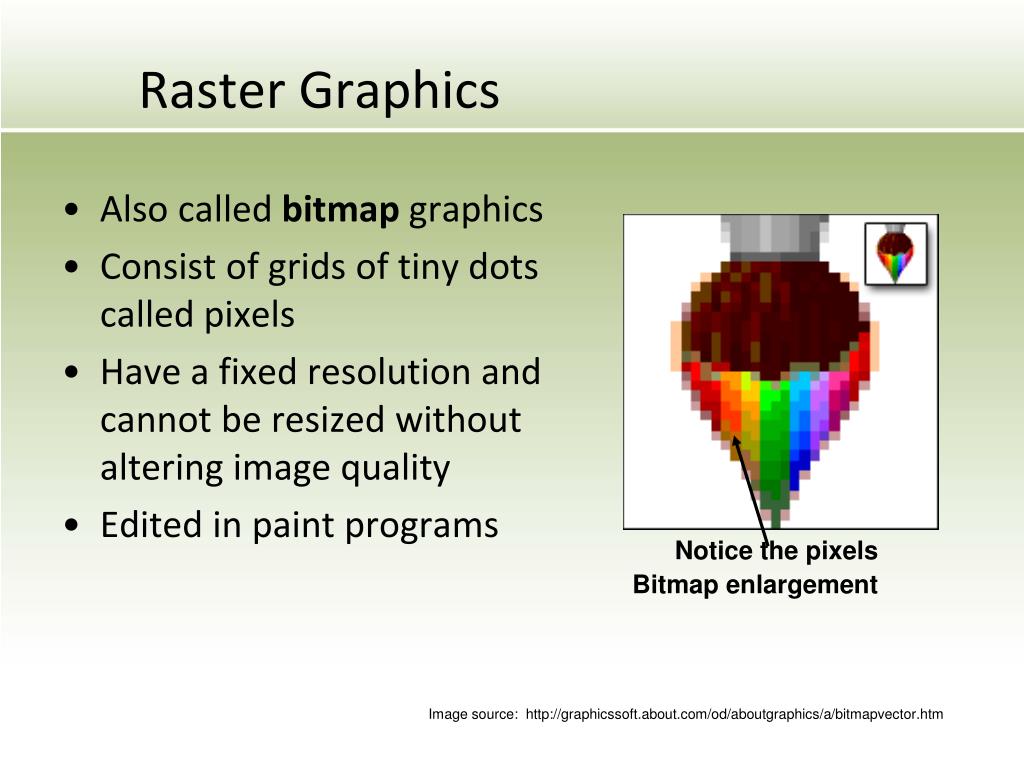

An introduction to resolution and compression for raster images.Benefits and downsides of raster images.

SIMPLE RASTER GRAPHICS EDITOR FOR MAC PORTABLE
It is available in a portable version, and its settings are saved in an INI file.
The program is written in Lazarus and hence the name, LazPaint. You can save images edited in LazPaint in a lot of formats including BMP, JPG, JPEG, TIF, TIFF, GIF (animated), TGA, ORA, oXo, LZP (raster layer formats).
SIMPLE RASTER GRAPHICS EDITOR FOR MAC WINDOWS
Note: The Color and Layer windows are floating windows, and can be placed outside the interface (in case you're using it in windowed mode, or multi-monitor setups). You can then use these with other tools such as the gradient renderer. The Color window lets you pick a shade using the RGB wheel, and also displays the selected color (when using the color-picker). It also has a lot of blend options to choose from. It lets you rasterize layers, import a layer from a file, duplicate a layer, merge layers and perform other operations. LazPaint supports layers which you can access from the window on the right. But if that bothers you, the image browser can be disabled which makes LazPaint use Windows Explorer instead. I found this slightly annoying, but it's not like you're going to use this for more than a few seconds. It lagged a bit when I opened folders with a lot of pictures. You can change the folder using the address bar at the top. The window displays a thumbnail preview of the pictures along with the file type, size and modification date. The image browser opens in a pop-up window that hides the main interface temporarily. It even has Cloud and Rain renders which makes for a very cool animated effect. The Render menu can be used for adding patterns like wood, metal floor, plastic. Just play around with it and you can transform normal images into stunning ones. In case you were wondering where the blur tools are, you can access them from the Filter menu along with options to sharpen, smooth, noise reduction, emboss, etc. The Image menu can be used to set transparency, adjust the canvas size and more, while the Colors menu houses options to Normalize, Grayscale, Colorize, Posterize, set the brightness and contrast. You can zoom in/out, toggle all panels (layers, color, image list, etc) for a distraction-free experience. LazPaint has a Dark Theme that you can enable from the View menu. The gradient tool colorizes the picture using the color you pick and can be used for some cool effects. Drawing shapes is a breeze and you can pull on the edges displayed to adjust the size precisely. Nearly any option is accessible from the menu bar as well and you have keyboard shortcuts to make things easier. The drawing and editing tools are located on the left side-bar and the available options include a panning tool, eye-dropper (color picker), pen, brush, eraser, flood tool, clone tool, drawing shapes, text, selection tools, and more. The menu bar and toolbar on the top offer access to basic and advanced options, and the canvas has a checkerboard pattern. A learning curve does exist, but if you just want to perform some basic edits you can pick it up and do them just fine in a matter of minutes. The interface of LazPaint, while intimidating at first glance, is not too difficult to get used to. Instead, it is targeted as a replacement for, PaintBrush and similar programs. I wouldn't call it a Photoshop alternative (nothing is, in my opinion), or even a GIMP alternative as it isn't a vector editor. LazPaint is an open source raster graphics editor that is available across multiple platforms (Windows, macOS and Linux). Today, I'm going to look at LazPaint which is a program that is more advanced.


 0 kommentar(er)
0 kommentar(er)
